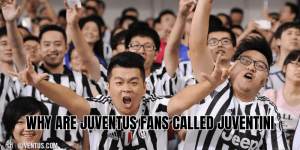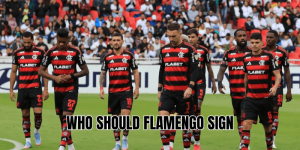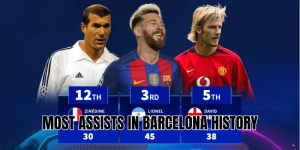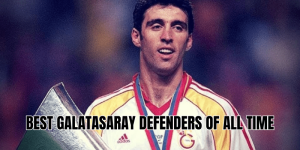When a club like Feyenoord—rich in tradition, ambition, and fan expectations—asks who should Feyenoord sell, it’s not about offloading talent just for the sake of profit. It’s about smart roster management: balancing competitive strength, financial sustainability, pathway for youth, and maximizing player value. Today, DiorDribble journeys through Feyenoord’s squad, internal dynamics, and market signals to propose the most logical candidates for departure.
The Context: Why Feyenoord Must Sell
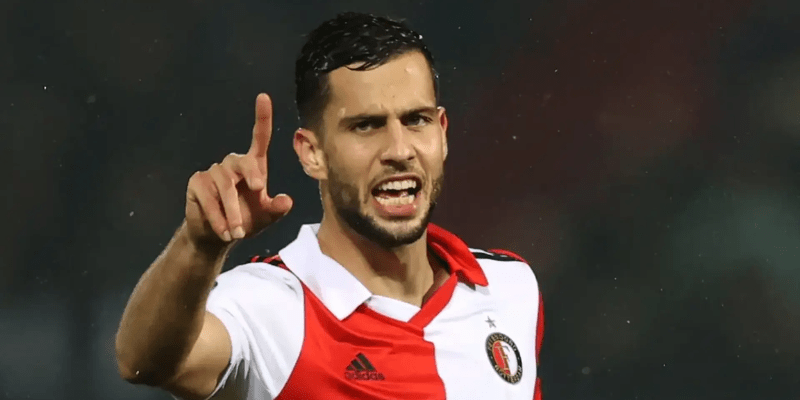
Even as Feyenoord pursues silverware and European campaigns, there’s an undercurrent of fiscal caution. The club has publicly discussed leveraging the transfer market to raise significant revenue—some observers speculate a €100 million target as ambitious, but reflective of necessity.
At the same time, Feyenoord’s squad is brimming with young talent and recent record signings (e.g., Sem Steijn). To maintain balance—and to avoid stagnation—some players must make way. The question becomes: who provides the best exit value while minimally compromising competitiveness?
Key Criteria to Evaluate Sales
Before pointing names, we need clarity on what makes a candidate sellable:
- Surplus to tactical needs — players whose positions are overloaded or whose attributes don’t fit the new system.
- High market value / demand — break-out performers or seasoned pros who can fetch solid fees.
- Age or wage risk — aging players or high earners whose resale window is closing.
- Stagnating contributions — players whose development has plateaued and may block emerging talents.
With that framework, let’s examine the most plausible sale options at Feyenoord.
Top Sale Candidates in the 2025-26 Season
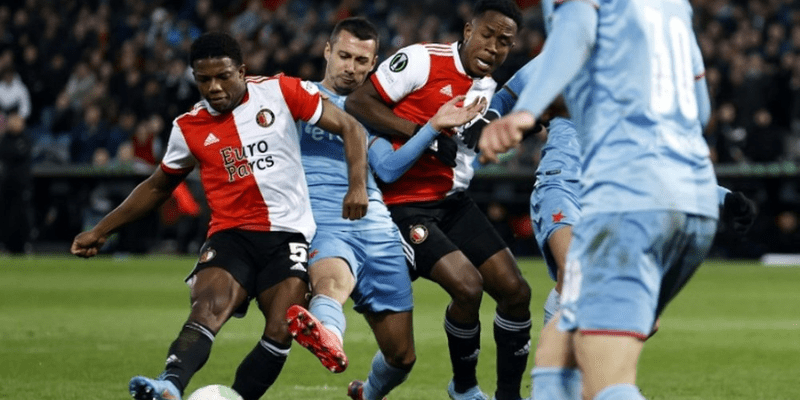
Here are the strongest candidates for departure. Each has strengths, but the balance of value and necessity suggests these as the most sellable.
Santiago Giménez — already sold, but emblematic case
Giménez departed Feyenoord for AC Milan earlier in 2025. Though not a prospective sale anymore, his transfer remains instructive. He posted explosive scoring numbers and was cashed in for reportedly €32 million. This deal shows how Feyenoord must leverage peak-value windows for its stars.
Ramiz Zerrouki — time to cut losses
Zerrouki arrived with promise, but failed to fully deliver. There is expectation he may be sold with a “flink verlies” (substantial loss) to free up space and wages. His performance trajectory hasn’t matched the investment. Letting him go could clean up the midfield and reallocate resources to more dynamic options.
Given the club’s need to generate funds, even a modest fee for Zerrouki would be beneficial.
Players from fringe / rotational roles
Some candidates are not central to the first team and could be monetized to better effect:
- Jordan Lotomba / Bart Nieuwkoop cover — If injuries subside and fullback rotation stabilizes, certain backup defenders become dispensable.
- Veteran midfielders or utility players who occupy wage space but don’t consistently start.
- Loan-eligible youngsters with decent potential but not in immediate first-team plans.
These marginal players often attract mid-tier clubs and can collectively bring decent income.
Youth departures with buyback or sell-on clauses
Finally, Feyenoord should consider selling future prospects—ideally with buy-back or percentage clauses:
- Givairo Read is heavily linked with interest. Though invested in his long-term path, a strategic sale now with a buy-back or resale clause could offer funds while preserving future upside.
- Zépiqueno Redmond recently left on a free transfer (contract expired) to Aston Villa then loaned to Huddersfield. While that’s done, similar youth players should be monitored for sales at peak windows rather than lost for nothing.
This model preserves Feyenoord’s competitive core while monetizing the depth.
Risks and Counterarguments
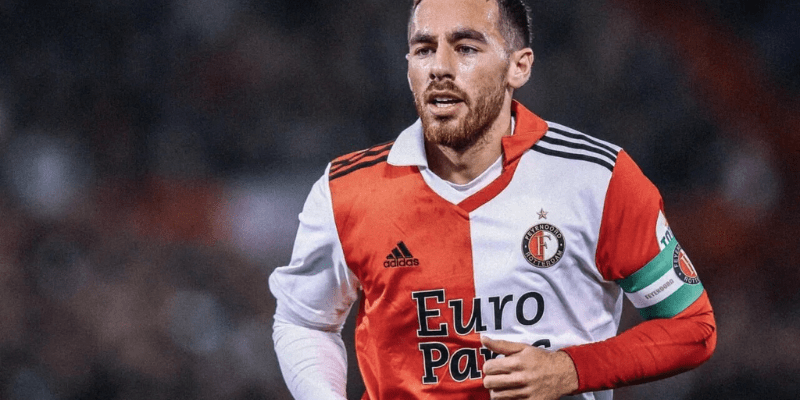
Selling too aggressively, especially in a season with European demands, carries risk:
- Weakening depth: If injuries hit, the squad may lack backup.
- Fan backlash: Moving beloved or recognizable players can deepen tensions among supporters.
- Value miscalculations: Selling too early or underpriced can lead to regret if a player flourishes elsewhere.
Therefore, any sale must weigh team needs and potential replacements.
Strategic Recommendations
To maximize both competitiveness and revenue, Feyenoord should follow a hybrid approach:
- Selectively sell underperformers (like Zerrouki) to free up wages and roster space.
- Cash in on mature, high-demand players (Giménez is already precedent) at peak value moments.
- Embed sell-on / buyback clauses when moving promising youth (e.g. Read-type deals).
- Reinvest from sales into younger, higher-potential signings or shoring up critical gaps.
- Stagger departures so that losses don’t hit multiple positions simultaneously, guarding against depth issues.
If Feyenoord can raise even a fraction of their ambitious transfer revenue target while retaining a competitive spine, the club will emerge stronger.
Conclusion
Who should Feyenoord sell? At the top of the list: underwhelming investments like Zerrouki, fringe squad members, and carefully selected youth with external demand—and always with smart contractual safeguards. But Feyenoord must tread carefully: any sale should bolster financial health and maintain competitive integrity.
DiorDribble invites you now: what player from Feyenoord’s current squad would you sell—if you ran the club? Leave your picks and reasons below, and stay tuned for our next deep dive: “Who Should Feyenoord Sign.”

